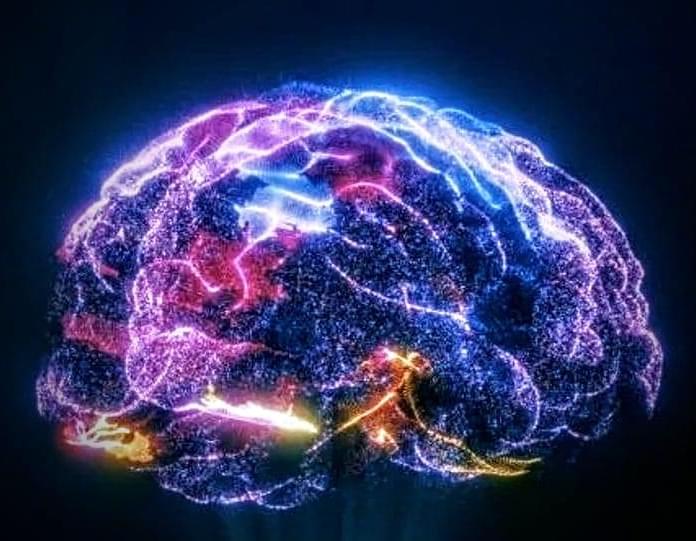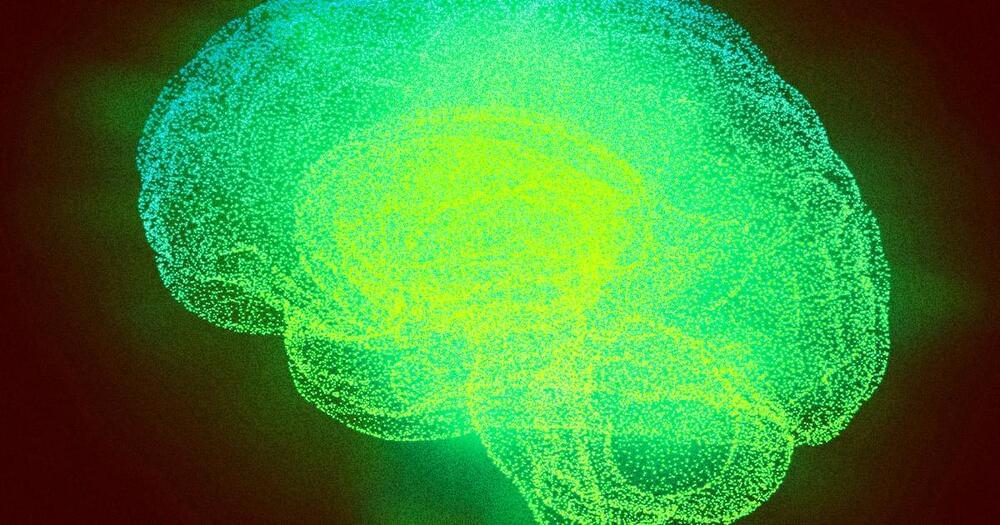Professors complain that some students are turning in papers written by ChatGPT and other AI’s. This means the whole paradigm of how we teach students has got to change. And fast.
The potential of our brains is being wasted by the old paradigm of education and how we’ve been mechanized by The Industrial Age.
The qualia it takes to do what tradesmen like welders and mechanics and plummer’s do cannot be easily automated or coded and will soon be at a premium. Professionals like doctors and attorneys and professors, for that matter can easily be replaced by AI.
Humanity and AI have a common enemy: The status quo. A status quo that the elite needs to keep in place to avoid Elite Panic which is why they try to make us afraid of AI.
We shouldn’t need a common enemy to understand that AI is humanity’s greatest ally.







